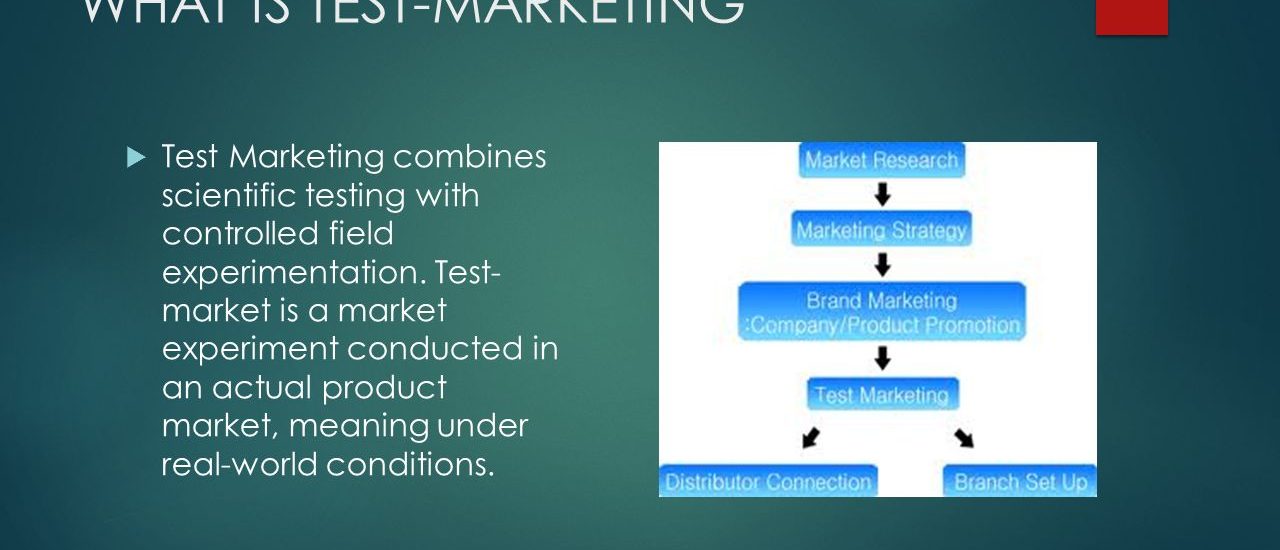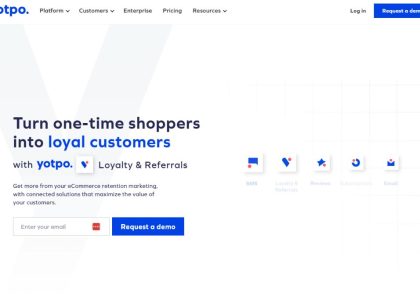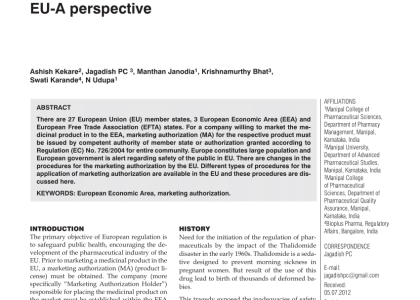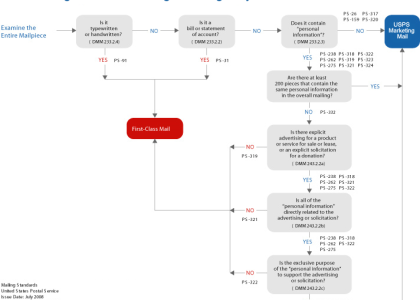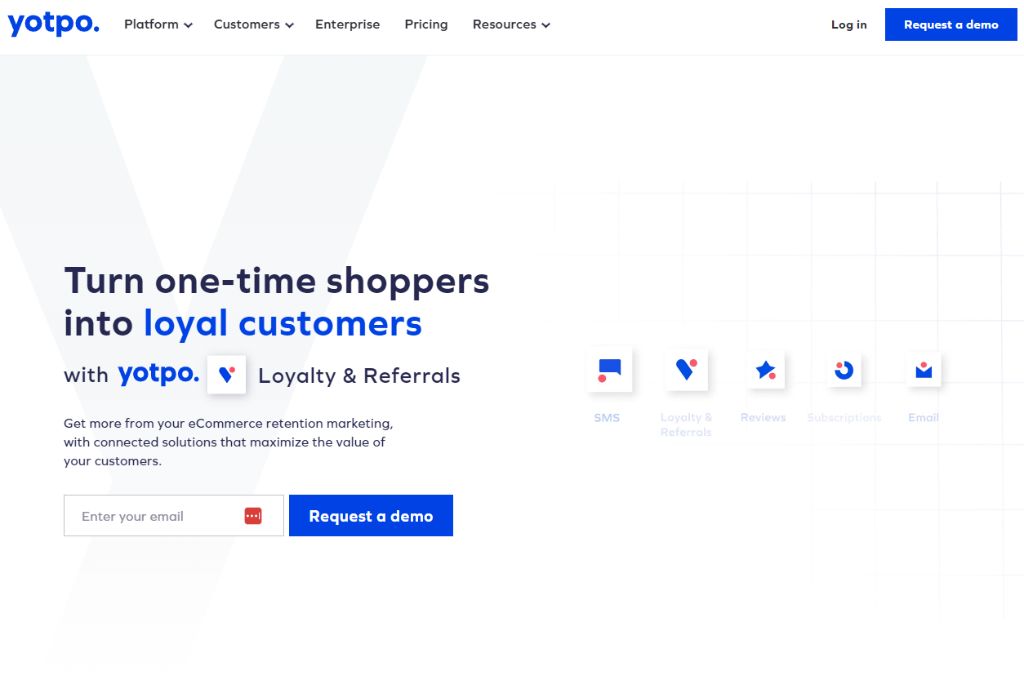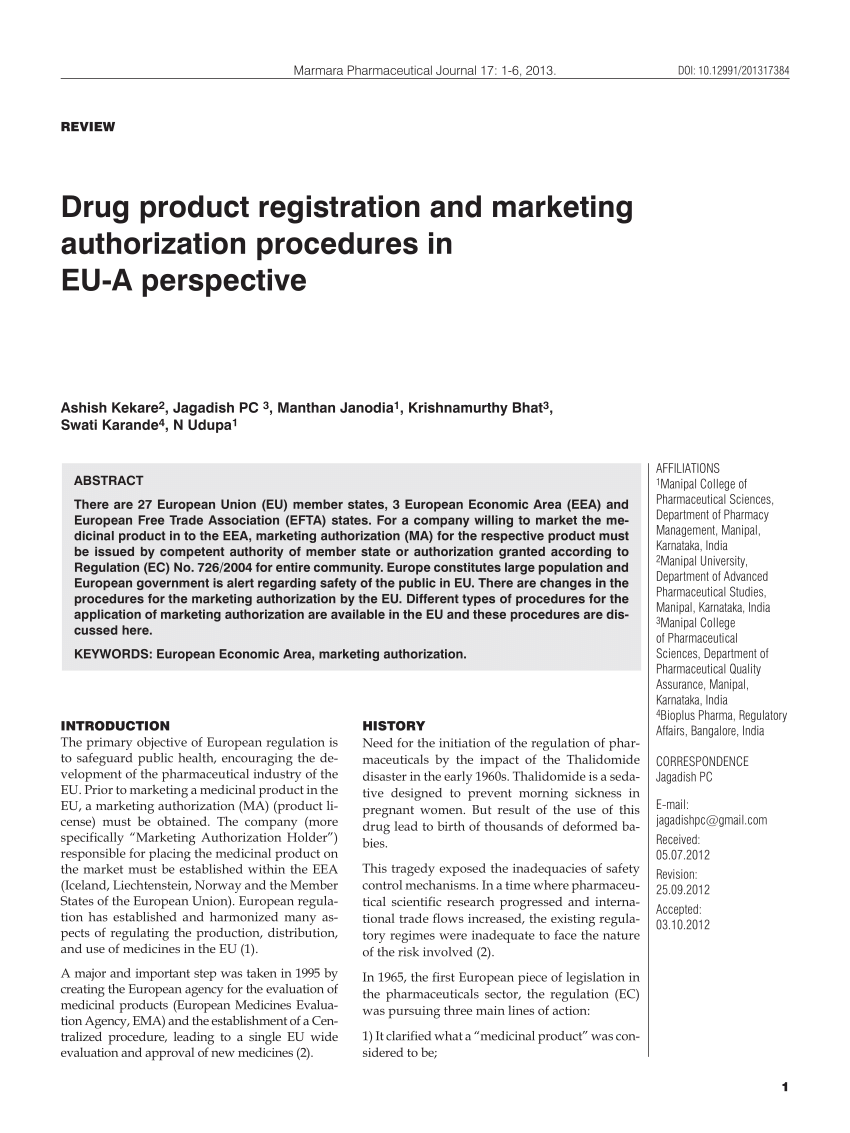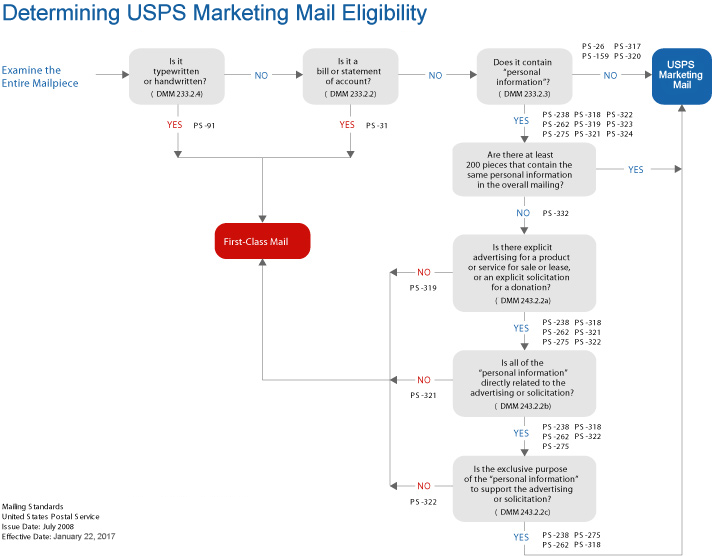Today’s business world is witnessing an exciting shift in marketing techniques and strategies. The traditional ways of promoting products or services are being replaced with more innovative and analytics-driven approaches, among which marketing experiments hold a critical position. This article aims to demystify this modern marketing approach, elaborating on its definition and integral techniques that play a pivotal role in its success.
Marketing experiments, a concept that may seem complex to many, is in fact an efficient and effective way to determine the most suitable marketing strategies for any business. These experiments involve systematic methods to test different marketing activities under controlled conditions, the results of which yield concrete data to help businesses make informed decisions.
The purpose of these experiments is not just to prevent businesses from taking blind shots when it comes to their marketing efforts, but also to push the boundaries of existing strategies. By identifying which tactics work better than others, businesses can optimize their marketing efforts for significant results. As we delve deeper into this topic, we will uncover some of the key strategies important for a successful marketing experiment.
Understanding the Concept of Marketing Experiments
Marketing is a vast field, with continuous experimenting being at the core of most marketing strategies. Experiments in marketing are designed to test the effectiveness of different marketing techniques and strategies before they are fully implemented.
Interpreting a marketing experiment essentially involves conducting controlled tests where various marketing variables can be manipulated and observed. The main aim is to identify what strategies are most effective for a particular target audience or product.
Characteristics of Marketing Experiments
Marketing experiments are systematic investigations executed with the objective to unravel facts. They are often used to measure the causal effect, or the impact of one factor on another. For instance, the change in conversion rates when a certain element of a web page is altered.
Evaluating marketing experiments involve careful testing and controlled strategies. Attention is meticulously paid to one factor at a time, isolating it from others, to quantitatively measure its effect. Variables are divided broadly into two categories, dependent variables, whose value depends on other factors and independent variables which are directly manipulated to observe the changes in dependent variables.
- Dependent Variables: These are outcomes or results that the marketing experiment aims to understand or forecast. In the field of digital marketing, it could be anything – visitor traffic, sales conversions, customer retention, etc.
- Independent Variables: These are the factors that can potentially influence the outcomes(floats). Examples include price, product design, marketing channels, etc. These are scaled or adjusted by the marketer to see their impact on the results.
In conclusion, by conducting marketing experiments, businesses can gain deeper insight into their customers’ needs and preferences. It helps them make more informed decisions about their marketing strategies and initiatives, resulting in improved marketing effectiveness.
The Significance of Experimentation in Business Marketing
Experiments in business marketing play a critical role in a company’s growth and profitability. This is because they provide valuable insights that can help an organization improve its marketing strategies. By using carefully designed marketing tests, businesses can better understand their customer base, identify potential growth opportunities, and fine-tune their promotional techniques to maximize profits.
Precise and well-conducted marketing tests can act as effective decision-making tools. They allow businesses to verify if their marketing assumptions are accurate before investing significant resources in promotional campaigns. In particular, they can prevent companies from making mistakes or missteps that can lead to inefficiencies and wasted capital.
Key Advantages of Business Marketing Tests
- Increased Customer Understanding: Performing these tests can help businesses gain a better understanding of their customers’ needs, behaviors, and preferences. These insights can inform more targeted and effective marketing strategies that can improve engagement, retention, and conversions.
- Enhanced Competitive Advantage: By testing and fine-tuning their marketing strategies, businesses can develop a competitive edge. This is because they can identify trends and opportunities that their competitors may not have spotted, allowing them to respond more effectively to shifts in the market.
- Improved Return On Investment (ROI): Through these experiments, businesses can identify the most productive marketing strategies that generate the greatest return on investment. This can help them allocate their marketing budget more efficiently, leading to improved profitability.
In conclusion, when done correctly, marketing experiments can provide a wealth of data that can empower businesses to make informed decisions, stay ahead of the competition, and optimize their marketing efforts for maximum impact.
Different Varieties of Marketing Investigation
There exists a spectrum of experimentation methods within the marketing research domain that are crucial for collecting and interpreting data for business growth and development. These assortments of techniques help professionals make informed and effective strategic decisions within a competitive commercial landscape.
A Few Main Marketing Experimental Techniques
Split Testing: This involves dividing a customer base into two equivalent groups and examining the performance of two distinct marketing strategies. The resulting data aids in determining the more successful approach.
Before-After Analysis: This investigation process includes comparing the performance of a company or product before and after the adoption of a specific marketing strategy. It’s usually used to measure the effect of a marketing strategy change.
Multivariate Testing: This type of research involves altering several variables within a marketing strategy and examining the reaction of the customer base. This approach provides detailed knowledge about the effectiveness of separate components of a marketing plan.
Brand Switching and Sharing Models: These are more advanced types of studies which are used to identify causes of customer migration from one brand to another or the sharing ratio of a particular brand amongst a defined population. These studies can help determine brand loyalty and probabilities of customer’s choice in the future.
- Conjoint Analysis: This experiment gauges the customer’s preference related to a specific product category or service. It influences strategic decisions about product features, pricing, or promotional activity.
- Choice Modelling: This marketing experiment deals with customer choices and aims to predict the consumer’s decision making under varied circumstances.
Guide to Creating a Successful Marketing Investigation
Designing a marketing investigation involves systematic planning and careful execution to yield accurate and effective results. A well-designed marketing investigation allows firms to make more informed decisions and create strategies that drive success.
Strategic Steps for a Effective Marketing Investigation
The first step in initiating a marketing investigation is identifying a business question or issue that needs to be addressed. Questions could revolve around improving customer engagement, boosting sales, or identifying customer preferences.
Subsequent to defining the problem or question, the next stage involves creating a hypothesis to be tested. This hypothesis is basically an educated guess about what could potentially resolve the identified business issue.
Following hypothesis formation, the third step is selecting an experimental group and control group. These groups should be carefully chosen to reflect the business’s target audience. The experimental group is exposed to the variable being tested, such as a new marketing tactic, while the control group is not.
Once the experiment has kickstarted, the fourth step is measuring outcomes and documenting any observable changes or effects. Methods to do this may include surveys, focus groups, sales tracking, or other qualitative and quantitative data collection techniques.
The fifth and final step is analyzing the experiment’s results. This includes comparing final outcomes with the initial hypothesis, interpreting the data collected and drawing conclusions. The findings from this process can then be translated into actionable marketing strategies.
- Identify a Business Problem
- Create a Hypothesis
- Select the Experimental and Control Groups
- Measure Outcomes
- Analyze Results
A well-designed marketing investigation can offer a wealth of valuable insights into customer behavior, product performance, and market trends. It presents a unique opportunity for businesses, regardless of size or industry, to refine their marketing efforts and drive growth.
Carrying Out a Promotional Strategy Analysis
Establishing the Experiment Framework
Initiating a promotional strategy analysis requires careful planning and systematic implementation. A robust experiment framework, which maps out the entirety of the marketing experiment, is needed. This allows the marketer to formulate a detailed procedure, reducing the chances of encountering unexpected scenarios and ensuring insights are derived from the experiment accurately.
Stage 1: Experimental Design
Beginning with designing the experiment, marketers identify specific factors that can affect the promotion’s outcome. These variables (including price, product features, or even environmental factors) then become the points of interest in this phase. It’s essential to determine the metrics beforehand, to efficiently measure the impact of these variables.
Conducting the Study
Once the experimental design is finalized, conducting the study follows. Marketers implement the plan, altering variables according to the experiment’s design. A critical aspect of this stage is to maintain consistent implementation to ensure a reliable interpretation of results.
Stage 2: Data Collection
Data collection is paramount at this phase of the examination for promotional strategies. Evidence gathered from the experiment helps quantify the effects of each variable, allowing marketers to understand which factors substantially influence the promotion’s success.
Data Analysis & Conclusions
The final step in implementing a marketing scheme analysis is data evaluation and conclusion. Assessed data must be carefully scrutinized to detect any patterns that could present potential insights. Following this, marketers can draw conclusions about the effectiveness of different variables on the promotional strategy.
Stage 3: Result Interpretation
Interpreting the results can often be complex. However, it is critical for developing subsequent marketing strategies. It involves understanding which variables had a significant impact, why they did so, and how they can be leveraged in future marketing efforts.
To conclude, executing a marketing strategy experiment involves the careful planning and implementation of scientific testing methods to evaluate the success of promotional tactics. It allows marketers to obtain a data-driven insight into what works and what doesn’t in promotional strategies, laying the groundwork for more effective marketing efforts in the future.
Essential Approaches in Executing Market Research Studies
Conducting market research studies require a profound understanding of the core methodologies and approaches. There are various strategies, each having its own unique benefits and potential drawbacks.
Split Testing
Commonly known as A/B testing, this methodology is popularly employed in online marketing. It involves comparing two versions of a web page, email, or other marketing asset with a single varying component. The variant that performs better towards achieving the desired goal is then employed in a wider scale.
Multivariate Testing
Implementing multivariate tests is another strategy that enriches insights into how multiple variables affect the performance of a marketing asset. Unlike A/B testing that scrutinizes single components, these tests evaluate the combined effect of changes in two or more components.
Behavioral Segmentation
Behavioural segmentation entails grouping customers based on their behavior patterns when interacting with the business – from purchasing habits to engagement with support. This approach enables customization of marketing efforts to align with the specific needs and preferences of different customer groups, resulting in increased effectiveness of marketing strategies.
Ethnographic Research
In ethnographic research, businesses delve deeper into understanding their target customers by studying them in their natural environment. This type of research involves observations and sometimes interactions, which can give a comprehensive understanding of customer behaviors and preferences, and their underlying motivations.
- Experimental Design: This entails creating an environment where marketers can manipulate single or multiple variables of the products or services to measure their effect on the target variable.
- Field Experiments: In these experiments, the impact of a change is tested on actual business locations or targeted audience segments to understand its real-world effect.
All these strategies, when tailored and effectively employed, can yield substantial insights that can help turn raw data into valuable marketing strategies.
Overcoming Obstacles in Implementing Promotional Trials
Tackling various adversities while initiating promotional trials, also known as marketing experiments, can be a challenging task. One primary issue is securing an adequate experimental design. It’s a tool that aids in generating reliable and interpretable findings. Without a good design, the results may not provide useful insights, leading to ineffective strategies and possible financial losses.
Inability to gather reliable and sufficient data is another concern. This impedes the ability to make accurate predictions and draw valid conclusions. Furthermore, ethical considerations may also pose a challenge. All participants in the experiment must be treated with fairness and their personal data must be handled with utmost confidentiality.
- Inadequate sample size: A common issue in conducting marketing experiments is having an insufficient number of participants. This can affect the overall validity and reliability of results.
- Incorrect demographic representation: Often, the selected sample does not effectively represent the target market, leading to skewed findings.
- Quick changes in market trends: The abrupt fluctuations in the market can render the findings of the experiment obsolete even before its completion, making it difficult to form a successful marketing strategy.
Lastly, implementing promotional assessments can be high cost. These expenses include recruiting participants, resources required for conducting the assessments, and analyzing the gathered information. However, understanding the potential benefits and returns from these experiments can help in justifying the costs involved.
Effective Techniques for Marketing Trials
Conducting experiments in the field of marketing is a remarkably extensive approach for businesses aiming to gain and retain consumers. Ensuring the efficiency of these trials, however, requires precise strategy. Below are some techniques that propel the chances of marketing experiments’ success.
Use a Clear Hypothesis
Profitable marketing trials begin with a well-defined hypothesis. It is crucial to lay down what you aim to achieve through your experiment. For instance, you might want to increase website traffic, or perhaps, enhance the subscription rate. The hypothesis should be measurable and directly related to your business goals.
Examine Competent Metrics
Keep an eye on the appropriate metrics. Gross metrics, for example, are good at measuring engagement but might not yield information about customer behaviour. Monitoring the right metrics will deliver a more accurate and holistic picture of tested marketing strategies.
Employ Randomized Control Trials
The implementation of randomized control trials (RCTs) can vastly improve the quality of your marketing testing. RCTs involve random allocation of different interventions amongst participants. This helps in ensuring that the conclusions drawn from the experiment are reliable and free from bias.
Test One Variable at a Time
Being mindful of the number of variables you are testing at once is another proven technique. The more variables you have, the harder it can be to analyse which one was the catalyst for observed changes. Testing one variable at a time helps in attributing success to a particular change.
Continuous analysis and improvement is the key. The results of your experiments should inform your future marketing strategy. A failed experiment is just as useful if it steers you away from ineffective tactics. Finally, don’t be afraid to take risks. Progressive companies are those not afraid to innovate.
- Draft a precise hypothesis
- Monitor the appropriate metrics
- Utilize randomized control trials
- Test a single variable at a time
In conclusion, competent implementation of these strategies can greatly increase the likelihood of running successful marketing experiments and consequently, boost the growth of your business.
Examples of Effectively Executed Marketing Experiments
It is vital for organizations to comprehend the impact and outcomes of marketing experiments as it aids in devising effective marketing strategies. Here, we will discuss a few successful instances of such marketing experiments.
1. Buffer’s Transparent Pricing
An interesting example of a effectively performed marketing experiment is one from Buffer, a social media management platform. The company experimented with a unique approach to its pricing structure. It introduced transparent pricing, where customers could see the breakdown of what exactly they were paying for. This experiment resulted in a significant increase in user trust and engagement, and subsequently, a boost in sales.
2. HubSpot’s Landing Pages
HubSpot, a popular marketing platform, conducted an experiment with their landing page designs. They created different versions of their landing pages – some with images, some with text, and some with a combination of both. By testing these variations, they were able to identify the combination that worked best for their audience. The result of this experiment was a higher conversion rate for their landing pages.
3. Starbucks’ Gamified Reward Program
The remarkable example of a marketing trial is Starbucks’ Rewards loyalty program. The coffee giant revamped their traditional rewards system by introducing the concept of gamification. On participating in activities, like purchasing particular items, customers could earn points that converted into rewards. This experiment was a hit as it boosted user engagement and increased their sales.
4. Airbnb’s Professional Photography
Airbnb, a leader in vacation rentals, carried out a marketing experiment involving property images. The company provided professional photography services to its hosts. The implementation of professional photos resulted in twice the number of bookings compared to listings with standard photos. Such an effective experiment confirmed the value of appearances in the hospitality industry.
Takeaways
The common element in these successful marketing experiments is that they all identified a potential improvement, tested it, and analyzed the results. This approach allowed these organizations to make informed decisions about their marketing strategies and resulted in both improved user experience and increased sales.
The Evolution of Marketing Experiments and What the Future Holds
As the world we live in continues to undergo rapid technological changes, the field of marketing is constantly being reshaped. In particular, the future of experiments in the marketing sector looks promising and is predicted to be characterized by a few distinct tendencies and revolutionizing developments.
Shift Towards Data-Driven Decisions
In the forthcoming era, an evidence-based approach will prevail over assumptions in marketing. The emphasis will be on interpreting available data and analytics to make informed strategic decisions and develop customized marketing campaigns. This trend is set to enhance prediction accuracy, therefore improving campaign efficiency and return on investment.
Moreover, the adoption of Artificial Intelligence (AI) and Machine Learning (ML) technologies will play a central role in executing marketing experiments. These technologies will help with tasks such as customer segmentation, targeting, predicting customer behavior, and personalizing marketing messages, making marketing experimentation more efficient and effective.
Increased Use of Omnichannel Strategies
The way brands interact with customers is also destined to shift. More often, marketing experiments are going to be conducted across multiple channels simultaneously in a bid to achieve a seamless customer experience. While this poses a massive opportunity, it also brings the challenge of effectively integrating and interpreting data from across various platforms.
The future holds significant developments related to the dynamics of testing marketing initiatives. With progress in technology and a trend towards a more analytical approach, marketing experiments will probably become more complex and nuanced. However, they will also generate more accurate and actionable insights to guide strategy and decision-making. The future of marketing experimentation is indeed an exciting and promising one.
Personalisation at Scale
Lastly, the scale of personalisation in marketing experiments is likely to increase. With the availability of big data and sophisticated analytics, it is becoming easier to analyse individual customer behaviours and preferences. Brands are likely to conduct experiments to understand the most effective ways of personalising their marketing messages to individual consumers at a large scale.
FAQ: What is a marketing experiment
How can a marketing team effectively run marketing experiments using email marketing?
A marketing team can run marketing experiments using email marketing by experimenting with different subject lines, email content, sending times, and segmentation strategies. Analyzing open and click-through rates can indicate which strategies are most effective.
What type of experiment might a marketing team conduct with email subject lines?
A marketing team might conduct A/B testing as an experiment with email subject lines. This involves sending two variations of an email with different subject lines to a small segment of the audience to see which one achieves better open rates.
How can conducting a marketing experiment improve your email marketing campaigns?
Conducting a marketing experiment can improve your email marketing campaigns by identifying the most effective elements, such as subject lines, email content, or call-to-action buttons, leading to increased engagement and conversion rates.
What are some examples of marketing experiments that can boost your marketing performance?
Examples of marketing experiments that can boost performance include A/B testing different landing pages, trialing various content marketing formats, experimenting with video marketing styles, and testing different marketing automation workflows.
What benefits do marketing experiments offer to a marketing team?
Benefits of marketing experiments to a marketing team include gaining insights into customer preferences, improving marketing effectiveness, optimizing marketing strategies, and making data-driven marketing decisions.
How can experiments help a marketing team refine their marketing strategies?
Experiments help a marketing team refine their marketing strategies by allowing them to test hypotheses, learn from the results, and use the insights gained to optimize future campaigns and marketing messages.
What types of marketing experiments can be conducted to test the effectiveness of your marketing?
Types of marketing experiments that can be conducted include A/B testing on various elements of marketing campaigns, experimenting with different marketing channels, and testing new content types or marketing messages to assess their impact.
How do marketing experiments help in making informed marketing decisions?
Marketing experiments help in making informed marketing decisions by providing empirical evidence on what strategies work best, allowing marketers to allocate resources more efficiently and tailor their approaches to audience needs.
Why is it important for a marketing team to remember that marketing experimentation is part of their marketing process?
It’s important for a marketing team to remember that marketing experimentation is part of their process because continuous testing and learning are crucial for adapting to changing market trends and consumer behaviors, ensuring ongoing marketing success.
What should be the primary goal of every experiment conducted by a marketing team?
The primary goal of every experiment conducted by a marketing team should be to gain actionable insights that can be used to improve their marketing effectiveness, enhance customer engagement, and ultimately drive better results from their marketing efforts.
How can a business effectively run a marketing experiment?
To effectively run a marketing experiment, a business should clearly define its objectives, select the appropriate type of experiment to test a specific hypothesis, execute the experiment methodically, and accurately measure the results for analysis.
What should be considered when planning future marketing experiments?
When planning future marketing experiments, consider the outcomes and learnings from past experiments, current marketing trends, audience behavior changes, and evolving business goals to ensure the experiments remain relevant and effective.
In what ways can running experiments improve your marketing strategies?
Running experiments can improve marketing strategies by providing empirical evidence on what resonates with your audience. This data-driven approach allows for more accurate adjustments and optimizations in your marketing campaigns.
How do marketing experiments help in refining a brand’s marketing messages?
Marketing experiments help in refining a brand’s marketing messages by testing different approaches and analyzing audience responses. This process identifies the most effective messages that engage and convert customers.
What are some common types of marketing experiments?
Common types of marketing experiments include A/B testing of website layouts, email marketing split tests, social media content variation testing, and experimenting with different pricing strategies or promotional offers.
Why is it crucial to analyze the results of a marketing experiment?
Analyzing the results of a marketing experiment is crucial as it helps you determine the effectiveness of different strategies and tactics. The insights gained guide adjustments and improvements in future marketing efforts.
What role do experiments play in the development of effective marketing messages?
Experiments play a key role in developing effective marketing messages as they allow businesses to test and measure the impact of different messaging strategies on audience engagement and conversion rates.
How can a marketing team learn from their experiments to optimize future campaigns?
A marketing team can learn from their experiments by analyzing the outcomes, understanding what worked and what didn’t, and applying these insights to optimize future campaigns for better performance and higher ROI.
What makes a marketing experiment a crucial part of a business’s marketing approach?
A marketing experiment is a crucial part of a business’s marketing approach as it allows for testing hypotheses in a controlled manner, reducing the risks associated with new strategies and ensuring that marketing resources are used effectively.
How do experiments often lead to the discovery of new marketing strategies?
Experiments often lead to the discovery of new marketing strategies by encouraging innovation, challenging assumptions, and providing empirical data that can reveal unexpected trends or audience preferences, leading to more effective marketing tactics.

